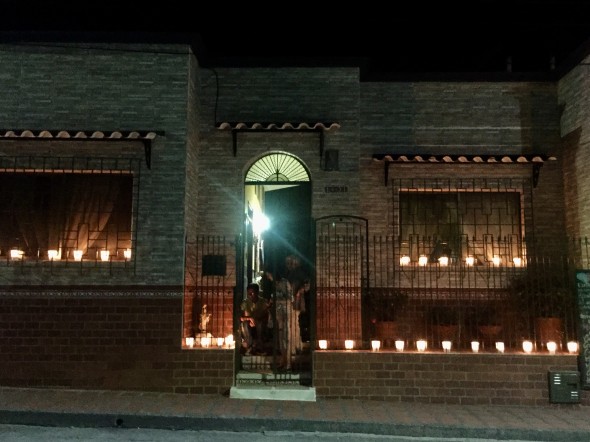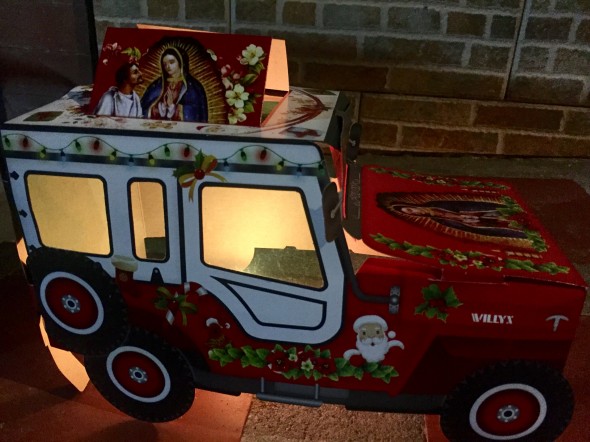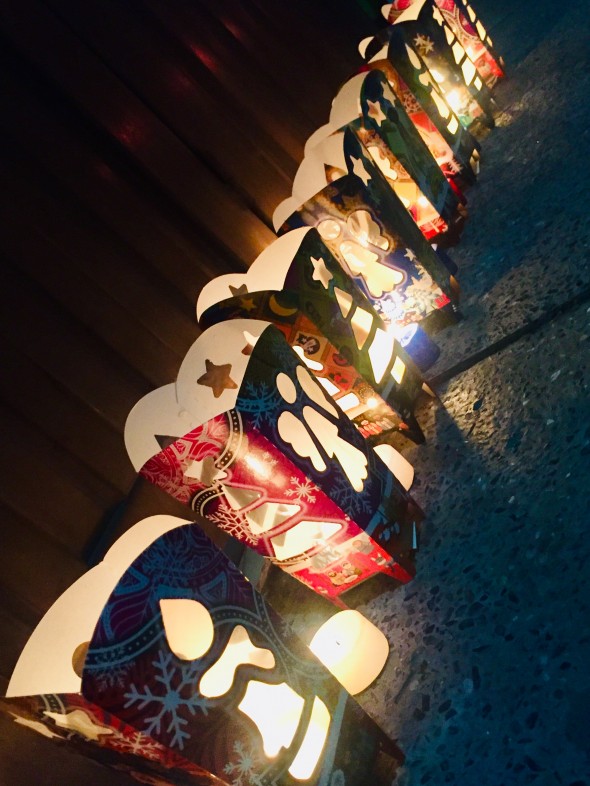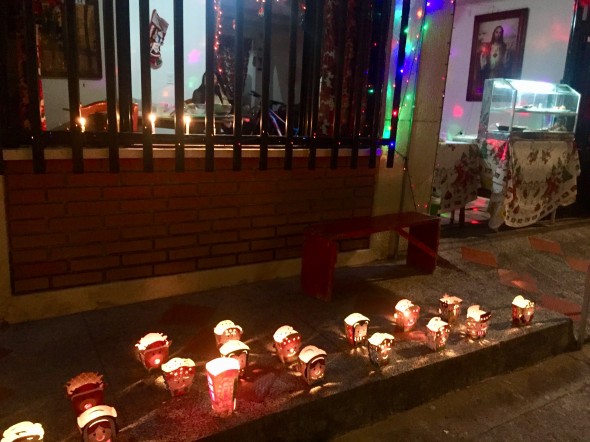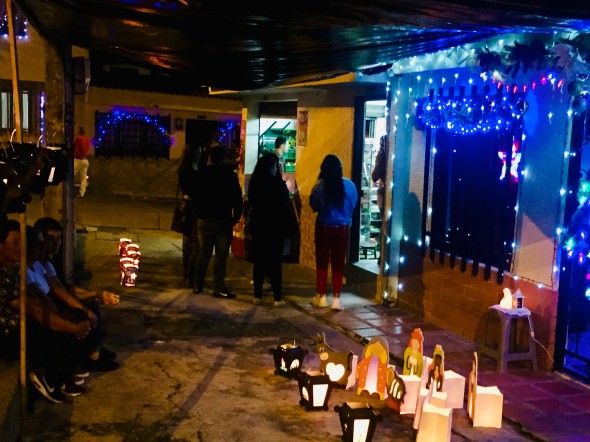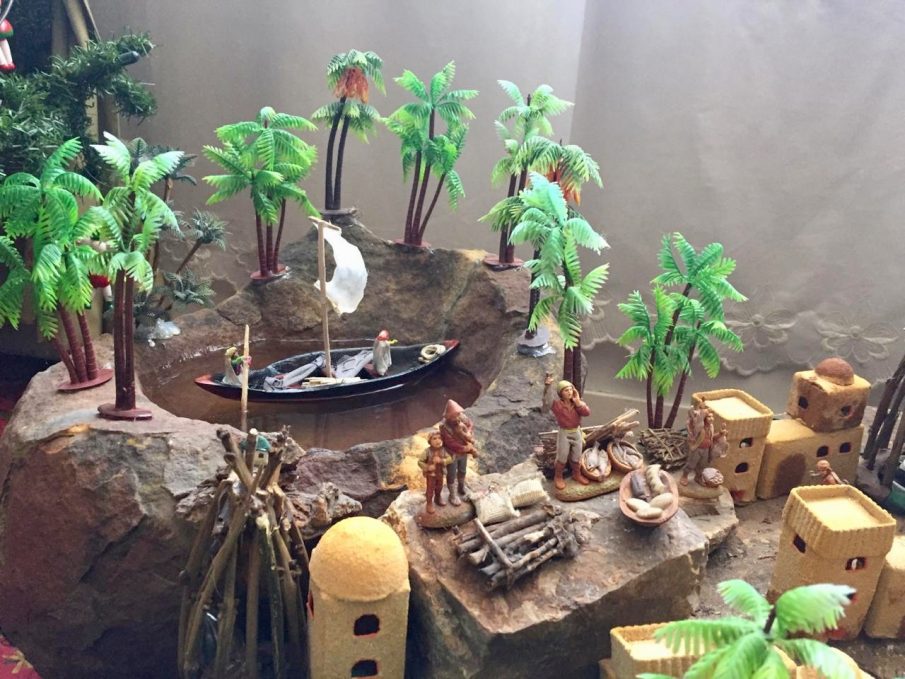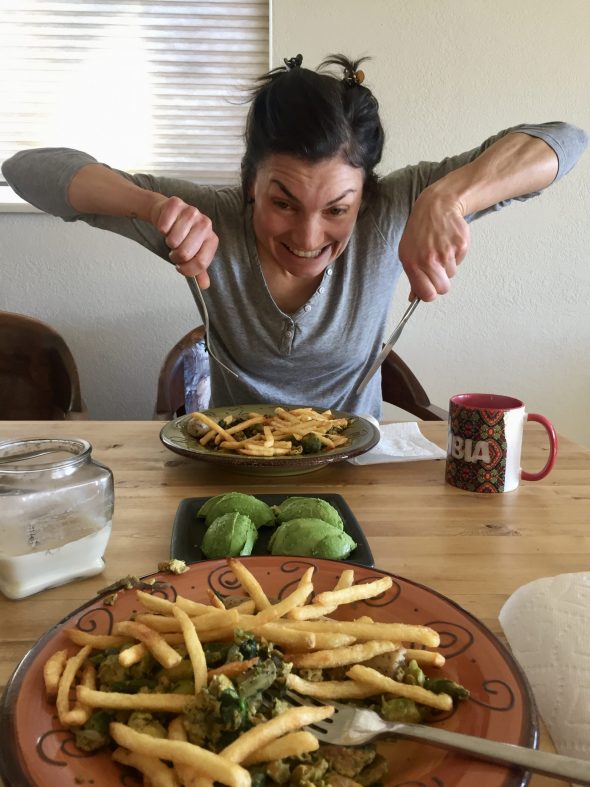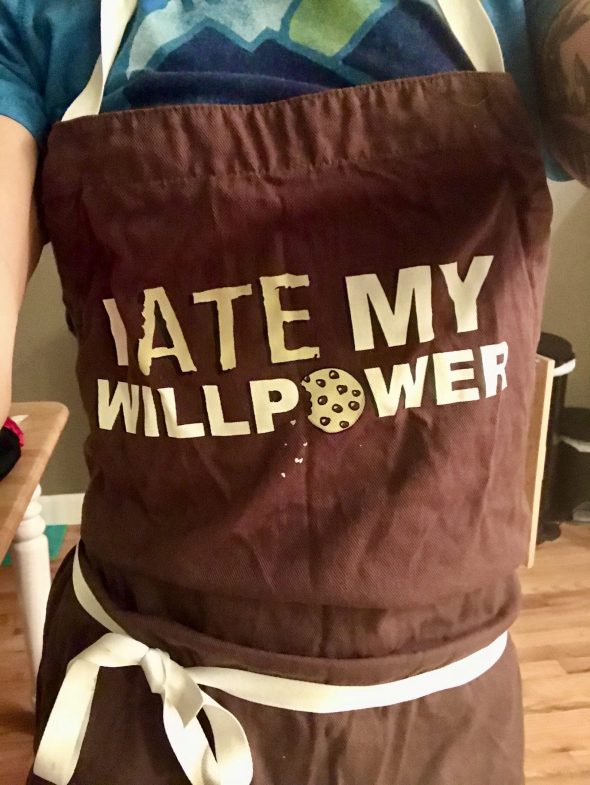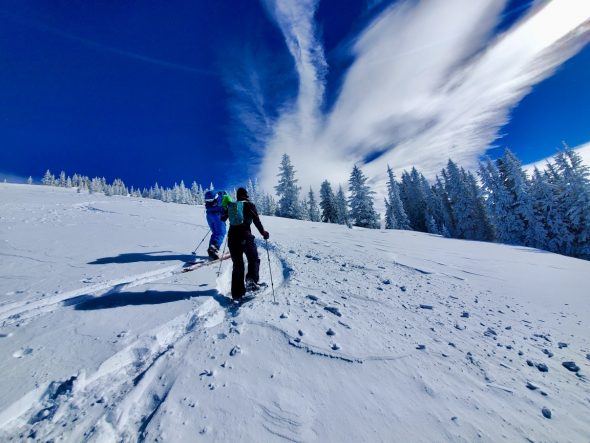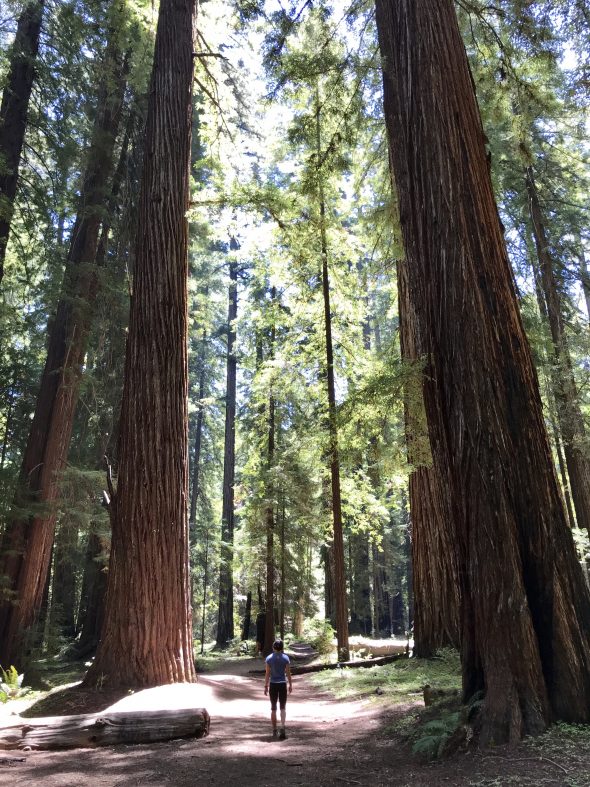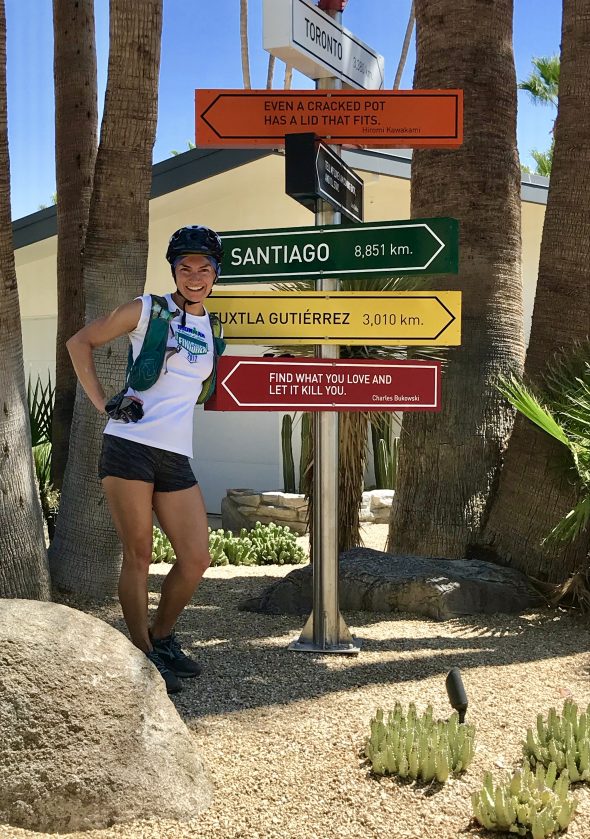What is a Coffeemaker Axis? The English language doesn’t really use the word “axis” in this way, but it’s the translation of Eje. And Cafetero = coffee-maker/making. I spent all of December and the first part of January in Colombia’s Eje Cafetero, a well-known area and one that has created a lot of pride in most people here for its history, culture, the process and exportation of world-renowned coffee beans.
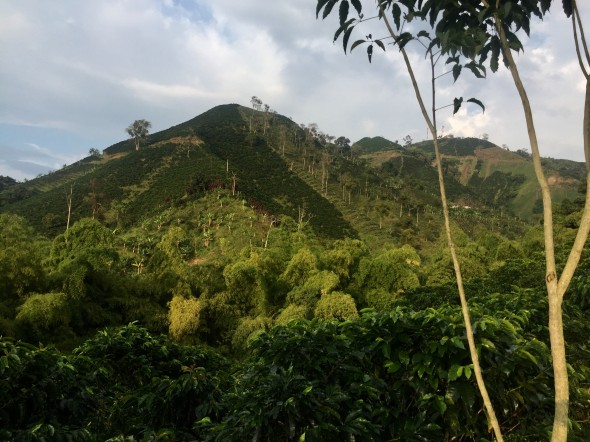
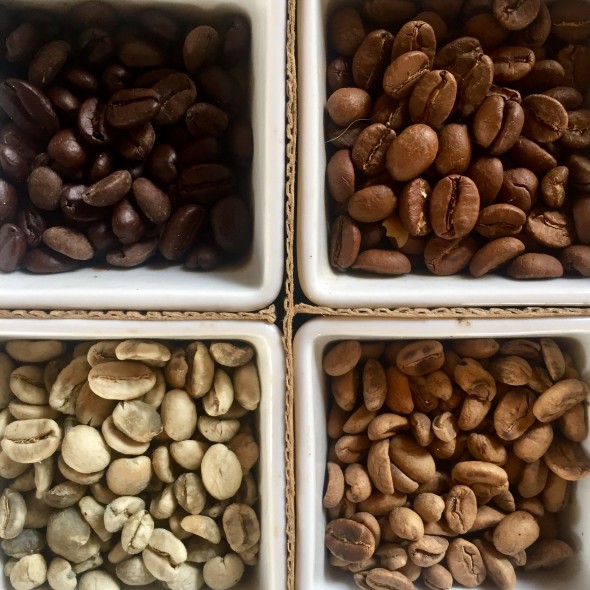
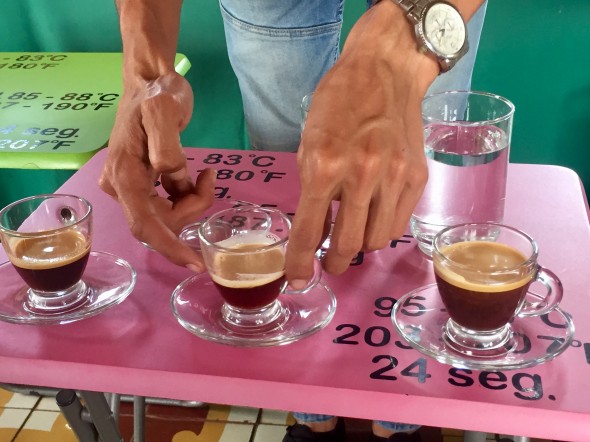
In English I think it makes more sense to call it “the coffee region” but as I’m really starting to feel more familiar with the Spanish language I see how certain words just do not have a direct translation and the word that is used in the native language really encompasses the meaning best. But for humor’s sake, sometimes direct translation are fun.
And so, I spent the Christmas season in the Coffeemaker Axis. It’s educational to be in a small city experiencing the traditions and practices of the locals. The day I arrived, the decorations in the main square (called the “Parque”) caught my attention. There were like 12 large structures covered with lights and cellophane-type material. At night, they were impressive and very festive. In the daytime, the tube lighting wasn’t as attractive– especially on the 25-foot-tall Mary and Joseph and their big baby Jesus. With all due respect, this is not to make fun of Chinchiná ‘s decorating committee nor of Baby Jesus, but I could not help but think he looked like he was wearing nasal tubing and was waiting out his time in the NICU until he could breathe on his own. Every time I walked by the holy family in el Parque, I felt a little bad for them.
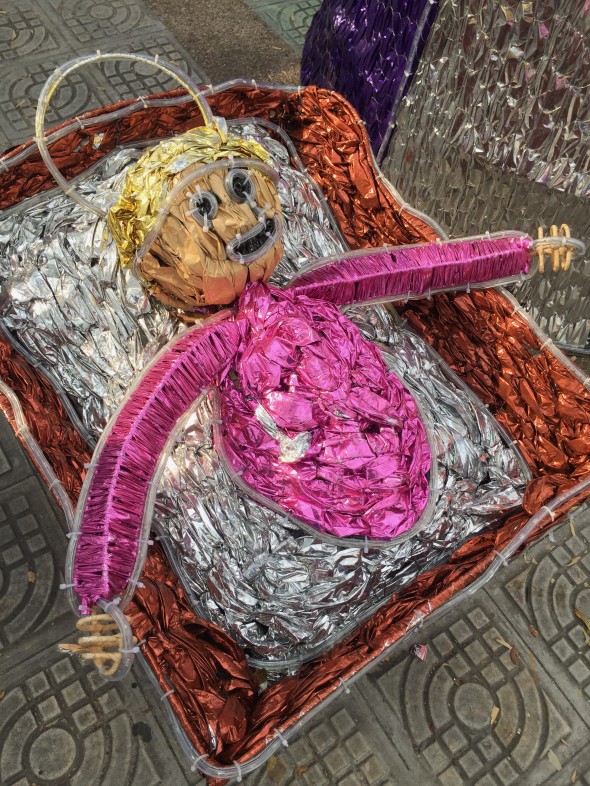
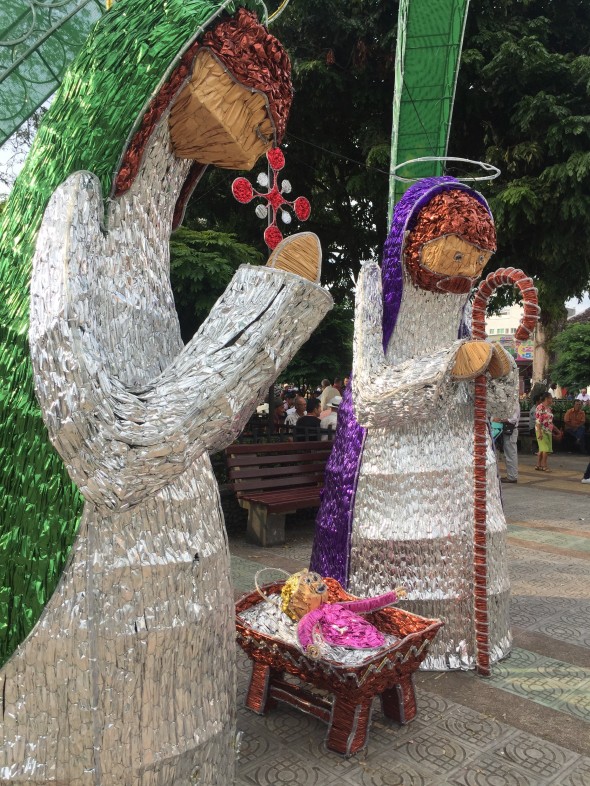
I had the opportunity to take some one-on-one Spanish lessons while I was in Chinchiná. I had only taken a week and a half of classes in Bogotá soon after I arrived, but then began working and didn’t have time to continue. Sometimes I study on my own and I practice a lot with groups and friends I’ve made. Immersion in a Spanish-speaking country was one of my main goals of moving here so focused lessons were really useful for me and I loved taking them in Chinchiná. (They were also a lot cheaper than in Bogotá).
My teacher was a 21-year old not quite finished with his university classes. He spoke at a high level of English, had a passion for specifically-American accents, an impressive number of shoes, and boyfriend who was always giving him drama. I got to hear about it sometimes at the beginning of our classes. At first I was surprised at his sharing and then I came to look forward to it; it was like a little soap opera and actually I learned some new words and phrases as well some insight into a small-city culture. Luis (I’m not using his real name here), and I became fast friends. We would meet for coffee and English practice some days after my classes, because it’s not so easy for him to find high-level or native English speakers in this small city.

One day Luis invited me to join his family for one of the evenings of “Las Novenas”, which is a very important part of the Colombian Christmas season. Being a primarily Catholic country, it’s rooted in religious tradition. For some that means more than to others, but I found that generally most families actively practice the process of reading the history and prayers found in the Bible about the Christmas story. There is always a Nativity Scene (in Spanish, called a pesebre) in the home, sometimes taking up a large portion of a main room. Below are some photos from one of my students in Bogotá who treasures the process of setting up the pesebre with her family. Hers is amazingly detailed! The last photo is the pesebre in Luis’ grandmother’s home, which also took up most of the living room.
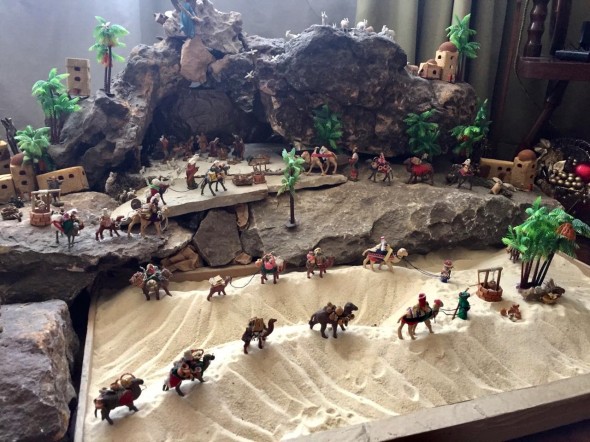
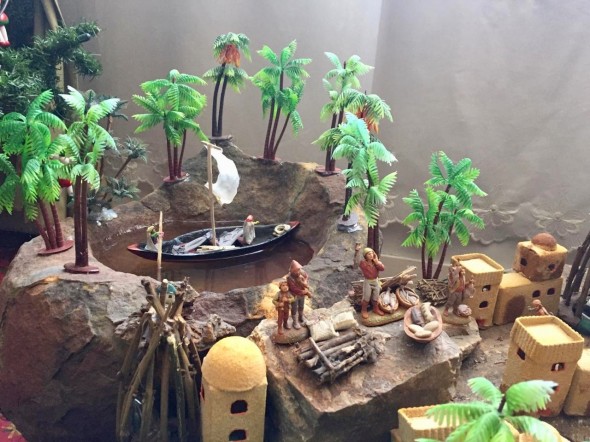
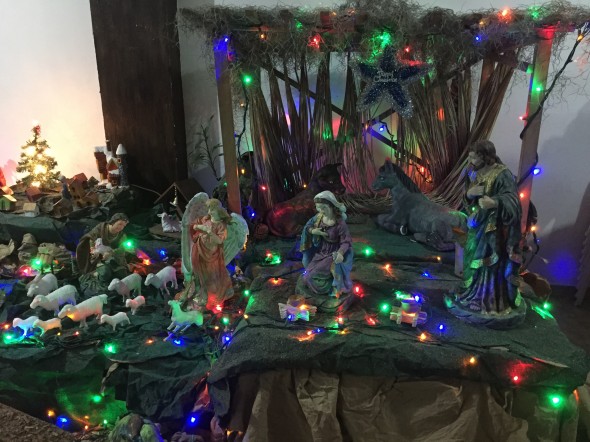
“Las Novenas” are exercises of devotion practiced for nine days to obtain some grace or ask for a certain intention (definition from Wikipedia). Each night, part of the Christmas story is read aloud along with prayers and sometimes some songs in the homes of various family members. It varies as to how each family really practices this, but I got the impression that most nights the family chooses someone different to host and everyone would go there to do the readings, eat some food, and then just hang out together. Colombians are very family-oriented, especially in the smaller cities and towns. It’s common that everyone in the family lives in the same town, therefore they can all get together pretty easily for this. And they want to; it’s important and a real time of joy for them!
Ok, so every family dynamic can be different, but I got invited to a huge family with a very boisterous dynamic. Luis sort of “warned” me of this, but said it would be a great opportunity for me to experience this part of the culture and to practice listening and speaking Spanish. I was thrilled by the invitation and accepted.
He met me in el Parque (get better soon, Baby J), and we walked to his Grandma’s house. He had told me she had had 21 children. Wowww. Most of them married and had children so do that math and you have quite the houseful for holiday celebrations. Interestingly, Luis is an only child which is not super-common especially in smaller towns. The entire family was not present this evening but, no matter, the house was packed to the gills with people spilling out the front door and hanging out on the porch while yelling back and forth conversations with people who were inside the house. Luis literally pushed me past the front-porch group, greeting his relatives with words and kisses (it’s common here to greet with a kiss on or next to the cheek), and introducing me as his friend and student.
————-
I have no photos of this evening because it was impossible to take them without 1) seeming a little like a rude tourist, and 2) the chaos that ensued surely would have ended up with my phone being broken or lost.
After the readings, prayers, and some songs sung by the family, one of the uncles brought out a big speaker so that on top of the family conversations and laughing children, we had some extra-loud Christmas music.
Then there was a drawing for prizes! One for the kids and one for the adults. Guess who won the adult drawing? Yup, Yours Truly. They got a big kick out of the foreigner winning the gift (a little package full of snacks, a keychain, etc). And I enjoyed it very much- it was really sweet that they even included my name in the little papers drawn out of a hat.
Some food and drinks were served: small, delicious homemade sandwiches and sodas. We were all balancing the plates and cups on our laps or wherever we could find because remember that the modest house was completely packed with people.
Now time for games! What, there are games at a Novenas? I don’t know if other families do this, but this huge family does. The funny game was explained by one of the cousins (Note: remember that ALL of this is in Spanish. I am completely surrounded by my “second language” if I can even claim that at this point. I’m doing a pretty good job of following, but it is a challenge. Just keep that in mind as you continue with this story).
The cousin placed a wrapped gift a little smaller than a cereal box in the middle of the dining room table. About 16 people surrounded the table (I don’t even know how that many could squeeze around it, but they did), and the remaining 50 people looked on from all parts of the room, kitchen, stairs, etc. One person on the stairs leaned in and videoed this whole thing with their phone, the entire time.
It was explained that the goal was simply to unwrap the gift, and whoever succeeded got to keep it. More details: the gift was wrapped in many layers of paper and packing tape, like hard-core packing tape. The paper was NOT easily ripped off. The gift would be passed around the table for each person to try to unwrap it, while the person following the Unwrapper would roll two dice, and the gift would have to be passed to the next Unwrapper any time a “1” was rolled.
One final detail: the Unwrapped had to wear oven mitts.
This was quite clever and seemed fun. And it was….except the family members got CRAAAAZY. It is hard to do this scene justice as a narrative when I can’t add some physical actions and audio, because the volume and movement of this game (remember we are around a fairly small, glass dining room table) was unreal.
I was standing next to one woman cousin who literally stomped on my toes and slammed her body into me multiple times as she was attempting to unwrap. She didn’t mean to injure me or be rude, she was just SO into this game. As the gift was passed around and around, and people were rolling (actually, more like throwing) the dice, the dice would fly off the table and have to be rescued multiple times from underneath (thank God no one broke the glass). The volume got higher and higher. People “encouraging” one another turned to yelling: commanding the Unwrapper to use their teeth to bite the gift in order to get past the packing tape. When the gift got to me, they didn’t change their screams just because I was a foreigner and a guest, no, I was part of the Family now! They shoved around me, pounding on the table and yelling at me to bite the package. Remember, we are all having to attempt the unwrapping using oven-mitted hands. So the oven mitts are super-sweaty after a round at this table, they’re yelling at me to bite the thing that 15 people’s mouths have already been gnawing on, and I’m like NOOOO way. Please God, can the guy throwing the dice roll a freakin’ “1” already?! I wanted to exit the game but there was no way out. I was penned in from all sides with overly-enthusiastic family members. I could have crawled under the table but I feared the glass would break on top of me at some point. So I hung in there, pretending to bite the package as I pawed at it with my mitted hands. Finally the damn thing was unwrapped completely after about 15 layers of paper and tape (not exaggerating).
What was the gift? A bag of peanuts. And the lady who finally unwrapped it was the foot-stomping cousin on my left. She tore the bag open and dumped all the peanuts on the glass table for everyone to eat. It was like the grand finale. I was just so glad the game was over. I really wanted to wash my hands.
The group dispersed like everything was normal and once again side conversations started up and kids continued laughing and playing; I mean, it was like anyone’s big family gathering. Luis asked me if I wanted to stay for a while and have some conversations to practice my Spanish and mingle with his fam. I hope I didn’t come across rude because I feel like I may have shouted the word “NO” at him.
I truly had a great time, was thankful for the invitation, and will never forget that night. But at that point all I wanted to do was take my door prize, lower the volume, and go home to my bed!
———————-
PS: Below are some photos I took on a special night early in December called Las Velitas when families set out all kinds candles. They mingle with their neighbors, play music, sit outside and eat while the candles are burning. It’s really pretty. Colombians love Christmas decorations and lights!
